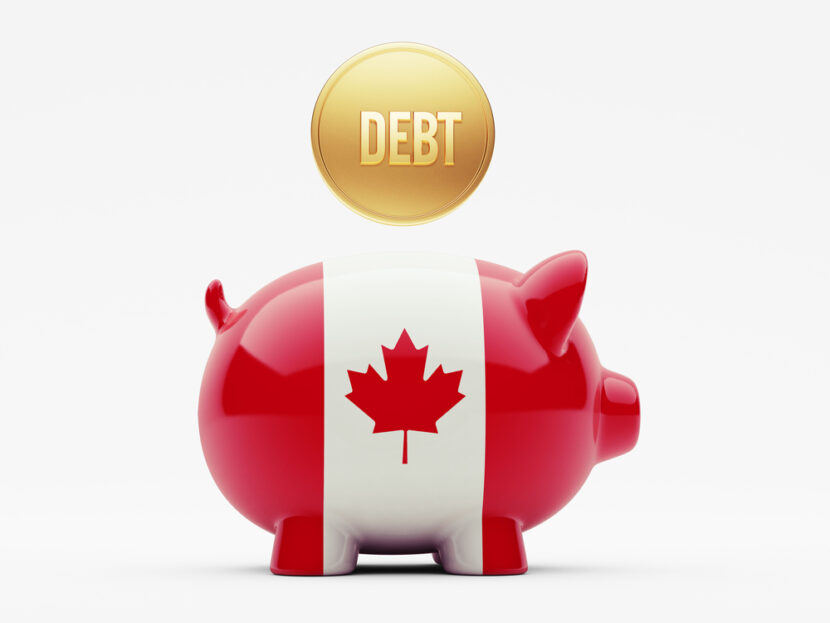TORONTO – The ratio of household debt to disposable income hit a new high in the fourth quarter, as rock-bottom interest rates continued to lure more Canadians into the real estate market.
Statistics Canada said Thursday leverage, as measured by household credit market debt to disposable income, reached 163.3 per cent in the quarter.
That means households owed about $1.63 in consumer credit, mortgage, and non-mortgage loans for every dollar of disposable income.
“Some of this is just the natural byproduct of a prolonged period of exceptionally low interest rates,” said Bank of Montreal chief economist Doug Porter, noting that long-term interest rates have been hovering near historic lows for some time.
That has made borrowing money – both via mortgages and other types of loans – more attractive for Canadians.
“What we’ve had is a number of younger people trading in rent payments for mortgage payments,” Porter said. “That’s one of the factors that’s driven up debt over time.”
The highly leveraged Canadian consumer has become a point of concern for policy-makers and analysts. High debt levels can negatively impact consumer spending patterns, especially in combination with a weaker Canadian jobs market, or correction in the housing market, as we are seeing in Alberta.
